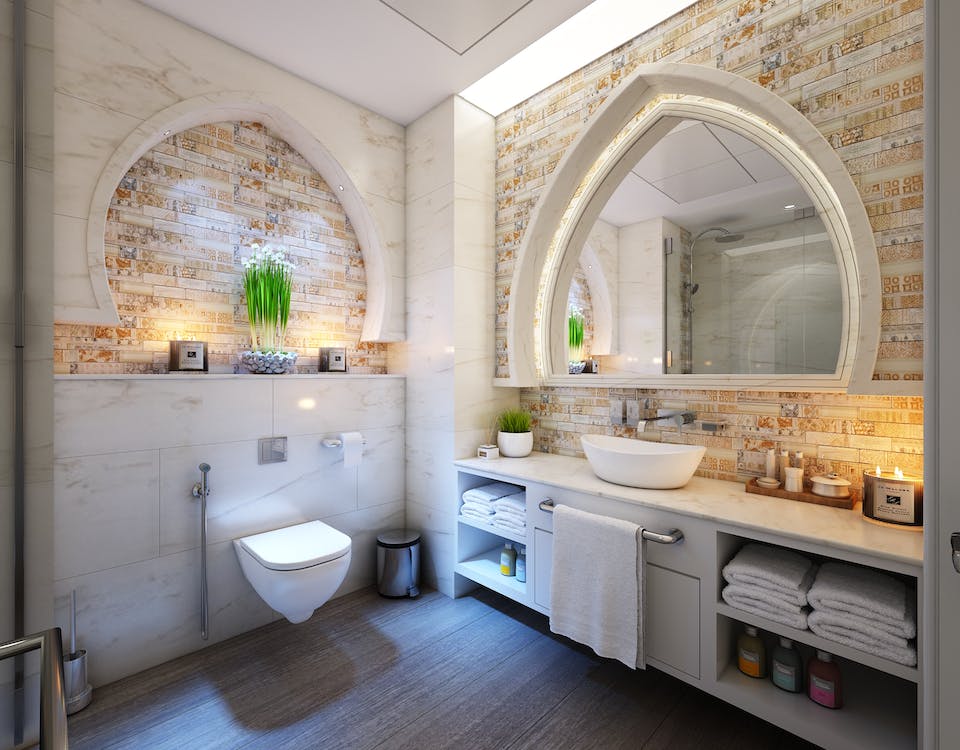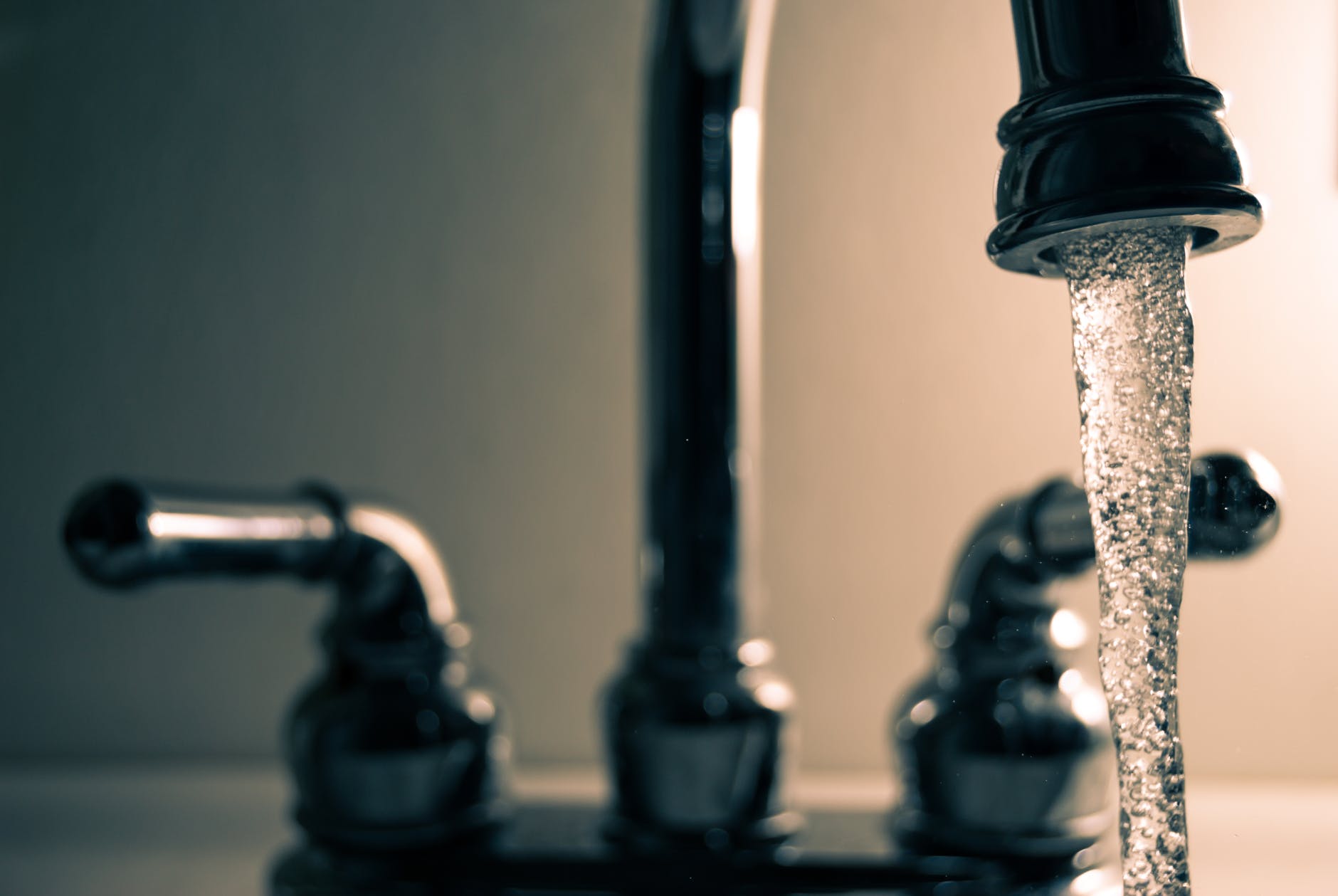You are so done with the sound of water tapping out from that leaking faucet. It has become a piece you can hold in a museum literally with the glory of being so old.
That’s why with all those disappointments coming your way, finally the thought of buying a brand-new faucet with elegant dark iron or gleaming nickel came into your mind.
Next you just did all possible research and finally one of the top bathroom faucets is in your home.
Now how do you fit it by replacing the old one? That’s what this whole thing is about. Keep on reading!
How to Replace Bathroom Faucet: Removing the Old Faucet to Installing New One
Let’s just seal the hatch of this ship. The main problem that brings us to think about this replacement of a faucet is leaking.
So definitely you can’t ignore buying a proper and high built-in quality faucet for further ease. I’m sectioning down the whole method into a few segments.
Make sure that you give your full attention, let’s go!
Starting Motivation
Your dream faucet is possibly a few wrench cranks and a little bit of effort away. It’s common to buy new faucet in pre ensembled form.
So, most components you would want to have are already existing with the whole package. If you get a faucet without the essentials, buy them separately.
It’s usually the drain collar, sink stopper, handles and spout matching with a faucet that you need to buy. Expect around a couple of hours to finish the whole installation.
That time session is all you need to care about and once finished, you’ll be smiling and admiring the beauty in your bathroom.
Get These Supplies
You are going to need a few tools for the process. Now don’t just begin without any kind of tool arrangement.
It’s not nice to suddenly stop between the installing period because you have to get a tool that isn’t available at that moment. So better be ready with everything necessary. If you are looking for hook and loop straps or cinch straps, Speedtech International has standard and custom offerings.
Here’s a list you can try:
- A wrench (Adjustable one)
- Simple Screwdriver
- Plumbing Putty
- Towels
- Dish Pan
- Painting Tray
- Basin Wrench
- Oil for Penetration
Turning off Water Supply
- You need to turn all water connections off before starting any replacement. This can be done in two places.
- You will find the stop valves under sink to turn it off. Also, there is the water meter where you can turn connections off.
- Once the valves are closed, make sure there is no water remaining in lines. Turn the faucet on and let standing water drain out.
Attention!
Sometimes the water remaining in line does not completely drain out. So, make sure to keep towels or paint tray to catch any spilling water coming out suddenly. You can use a dishpan to hold dirty water when working with the drain trap. You’ll probably meet a lot of water and gunk during that process.
Get the Lift Rod Out
- You’ll see the lift rod at this step. It should be coming out straight down behind or under the sink.
- Now find out a C or U-shaped piece on that rod. It should be attached with a screw going through it. The name of this piece is clevis.
- Clevis usually holds the lift rod and strap together. Sometimes instead of the strap, there could be a bracket. It’s a long piece that comes with holes.
- Get rid of the clevis using a tool and let lift rod come out.
Remove Supply Lines
- After getting lift-rod strap you’ll be able to notice the pivot rod coming out. Get this rod out by disconnecting the nut holding it to drain.
- Let the supply line connected with faucet shanks come out as well. You just need to loosen the nuts and it will come off. If they are not in bad shape, keep them for further use.
Pull Out the Old Faucet
- Now that everything is disconnected, you just need to pull out the old faucet.
- If there is any difficulty to pull it out because of rust build-up, use penetrating oil. Let them sit for sometimes.
- You may have to keep oil for multiple hours, sometimes overnight depending on corrosion condition.
Remove Drain Assembly
- Find the trap of drain tailpiece connecting, there should be slip nuts. Simply loosen them and pop the drain flange out.
- Get rid of any kind of plumber’s putty at this step. Make sure there’s nothing remaining. It has to be completely spotless before the new connection.
Insert Shanks
- Let the faucet shanks travel from gasket to holes of your sink. Now threading jamb nuts, simply make sure the faucet is aligned.
- Use a regular or base wrench to fit everything nicely. Don’t try to overdo the tightening process.
Connecting Water Supply Line Back
- Now do everything in the reverse. You need to connect water supplies, make everything secure, attach drain pivot rod and apply putty. Putty is important to give strength.With that it’s important to know how long does it take plumbers putty to dry because this putty is the power of joints.
- Simply attach lift rod back to strap or bracket. Also, tighten the trap and drain assembly together securely.
Finishing Off
- Take aerator of the faucet out and turn its handle at full speed. Once the water supply is connected back, it should sputter and struggle for a while.
- Gradually, your new faucet will clear the line with flowing water. Dirt, debris and everything else will flow out of the line. Make sure to check for any leaking.
Finally, you have welcomed the new faucet in a very right way, congrats!
Meta:
No idea about how to replace a bathroom faucet? There’s a lot to know and here’s a simple tutorial to guide you.

